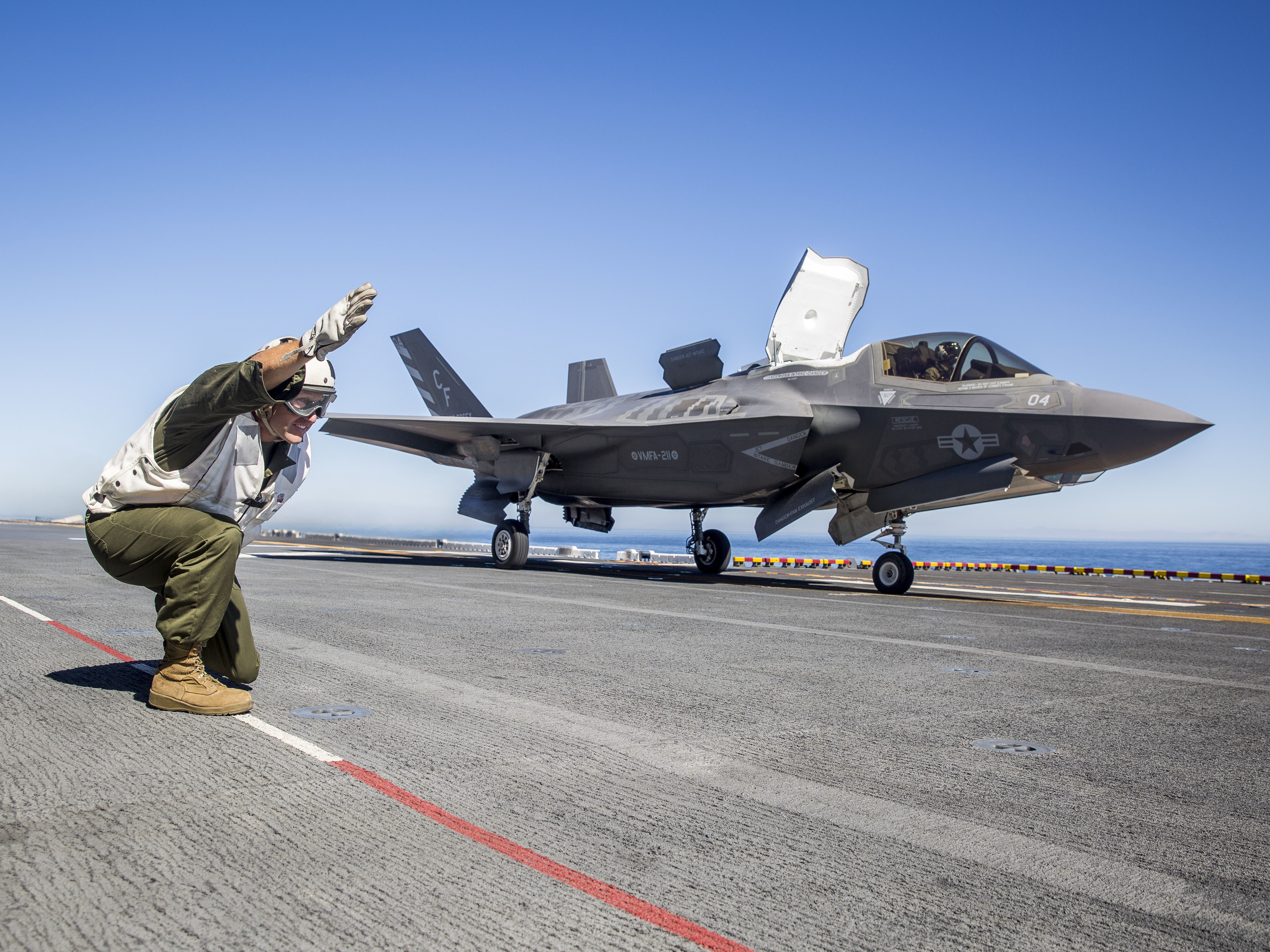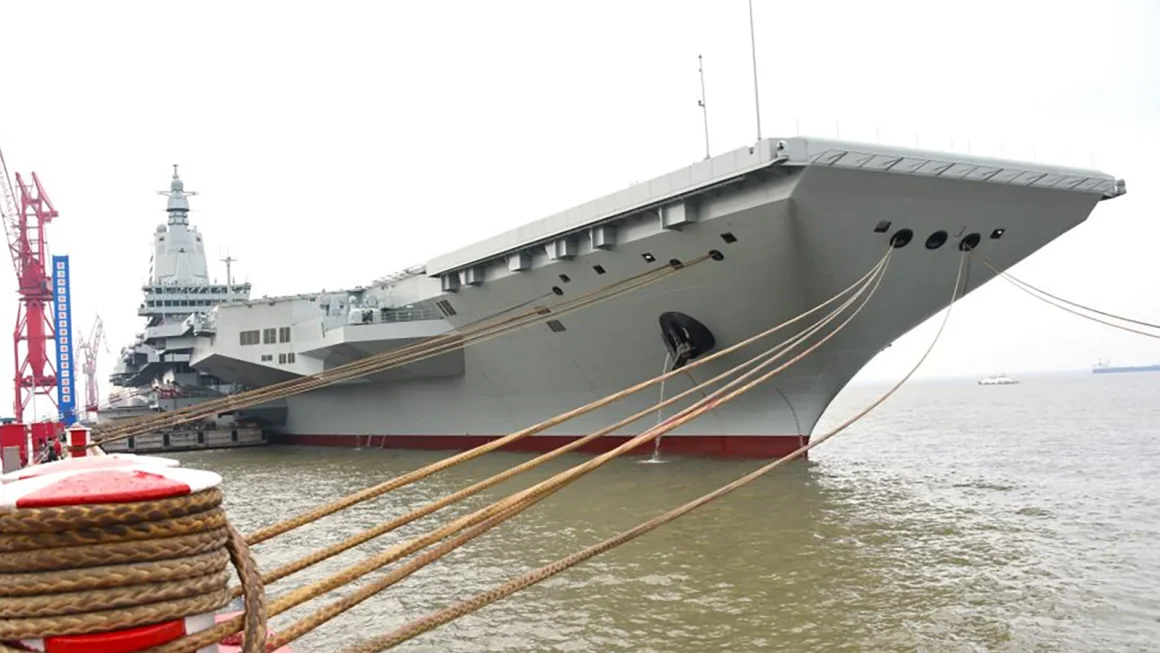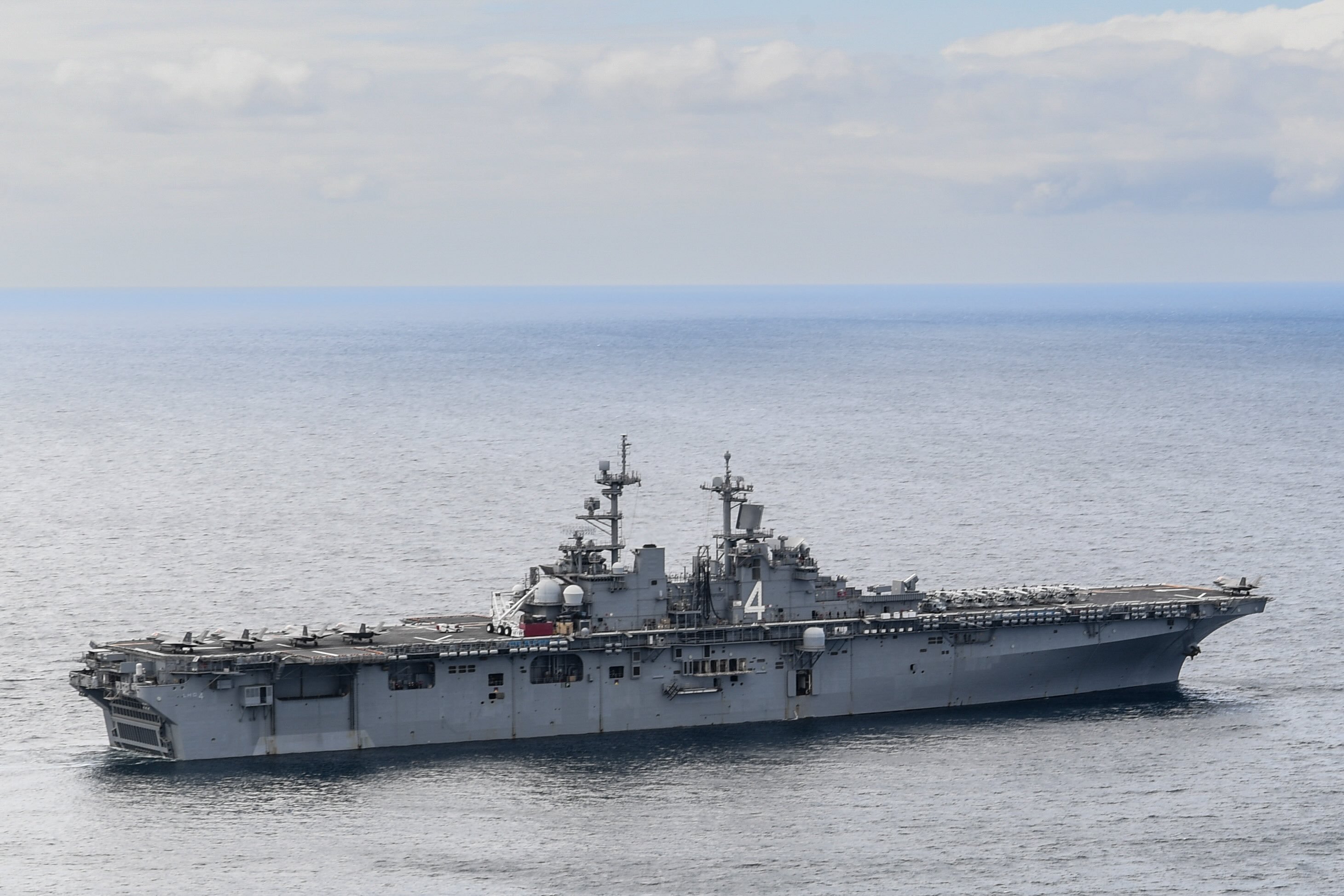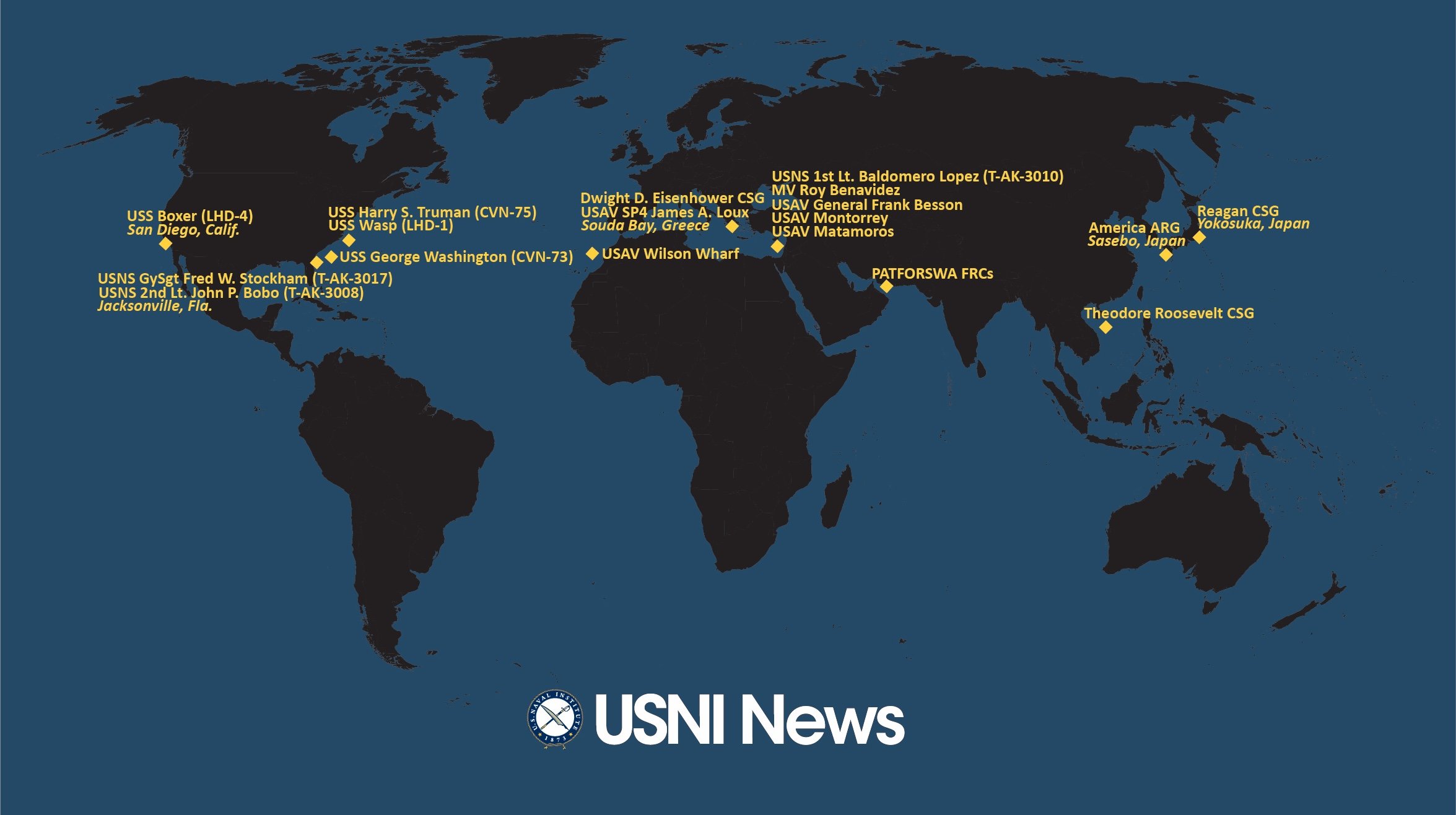
CAPITOL HILL – A move to a continuous upgrade system for the Joint Strike Fighter software will help pilots deploy with the latest and greatest warfighting capabilities, but the move is costing the Navy the ability to procure more new planes in the near-term, officials told the Senate this week.
According to written testimony to the Senate Armed Services seapower subcommittee, Navy and Marine Corps aviation leadership wrote that, as the JSF program nears the end of development and demonstration of the 3F software version – the final one planned – the services are searching for ways to keep the planes’ software equipped with “advanced capabilities to maintain the advantage over advancing adversary fighters and ground-based radar threats.”
“Towards that end, the Department restructured the original Block 4 Follow-on Modernization acquisition strategy into a more agile Continuous Capabilities Development and Delivery (C2D2) model. The C2D2 approach leverages commercial practices, develops capability in smaller, more easily managed increments, and accelerates delivery of warfighting capability. The approach also advances departmental goals of reducing C2D2 risk and lowering cost.”
This effort would cost the Department of the Navy $806.6 million in research, development, test, and evaluation money in the Fiscal Year 2020, under the service’s budget request.
SASC seapower subcommittee ranking member Sen. Mazie Hirono (D-Hawaii) asked Navy leadership if this strategy – put forward by the Joint Strike Fighter Program Office that supports the Navy, Marine Corps and Air Force variants of the plane – was appropriate and would support pilots being fully trained on the systems ahead of deployments.
Rear Adm. Scott Conn, the air warfare director on the chief of naval operations’ staff (OPNAV N98), told her that “having that potential to update on that periodicity is interesting. I don’t think all these six months you get a major change every time; you put out a major and then a fix, and then a major and a fix. But I just reiterate whatever the cycle is, you have to be able to train to the capabilities that come with that upgrade before you deploy.”
He noted that, at a certain point ahead of a deployment, an operational unit would commit to deploying with whatever software variant they had, and any updates would have to wait until after they returned from deployment, to ensure that the pilots and maintainers were proficient at using the software they’d deploy with.
Assistant Secretary of the Navy for Research, Development and Acquisition James Geurts told Hirono that the submarine community had the most mature system of rolling in hardware and software updates to its fleet, and that lessons learned regarding the right pace of updates and how to train the fleet were being taken from the submariners.
Though Geurts and Conn said the new plans for software upgrades wouldn’t hurt operational units in terms of receiving sufficient training before deploying, they did acknowledge the toll this effort is taking on the budget in the near-term.
Hirono also asked Conn during the hearing about a tactical aircraft shortfall the Navy faces – currently about 54 planes short of need – and why the Navy is asking to buy fewer planes in the coming years than previous plans called for. She noted that, between FY 2019 and 2023, the Navy now only wants to buy 289 TACAIR planes instead of the 308 it previously called for, despite the ongoing shortfall in inventory.
“Quite frankly, some of the reduction in aircraft were to pay bills. Some of them were to get wholeness in certain weapons systems: F-35 C2D2 Block 4, it came with a bill we had to pay,” Conn said.
On the fighter inventory shortfall, Conn noted that FY 2020 will be the low point, with a 51-plane shortfall, and that by FY 2024 the shortfall will be reduced to single-digits.
“Through the F-18 procurement that’s in PB (President’s Budget request) 20, it’s in the F-35C procurement that’s in PB20, and it’s also the service life modernization effort, taking those Block II (Super) Hornets, making them Block III, getting them to 10,000 hours. When you add up all those numbers, that’s what’s driving – we’re finally in a position of buying or producing more aircraft than we’re burning up every year in terms of flight hours,” Conn said.
“That’s going to allow us to get out of old airplanes, provide best-of-breed opportunities for the Marine Corps (to take the best legacy Hornets as the Navy gets rid of them). It’s going to provide us (the opportunity) to be able to start striking some of our old airplanes, Block Is that will never be Block IIIs. It provides enormous opportunity in this budget request.”
According to the written testimony, the Navy is buying 10 F-35Bs, 20 F-35Cs and 24 FA-18E/F Block III Super Hornets between FY 2020 and 2024.





